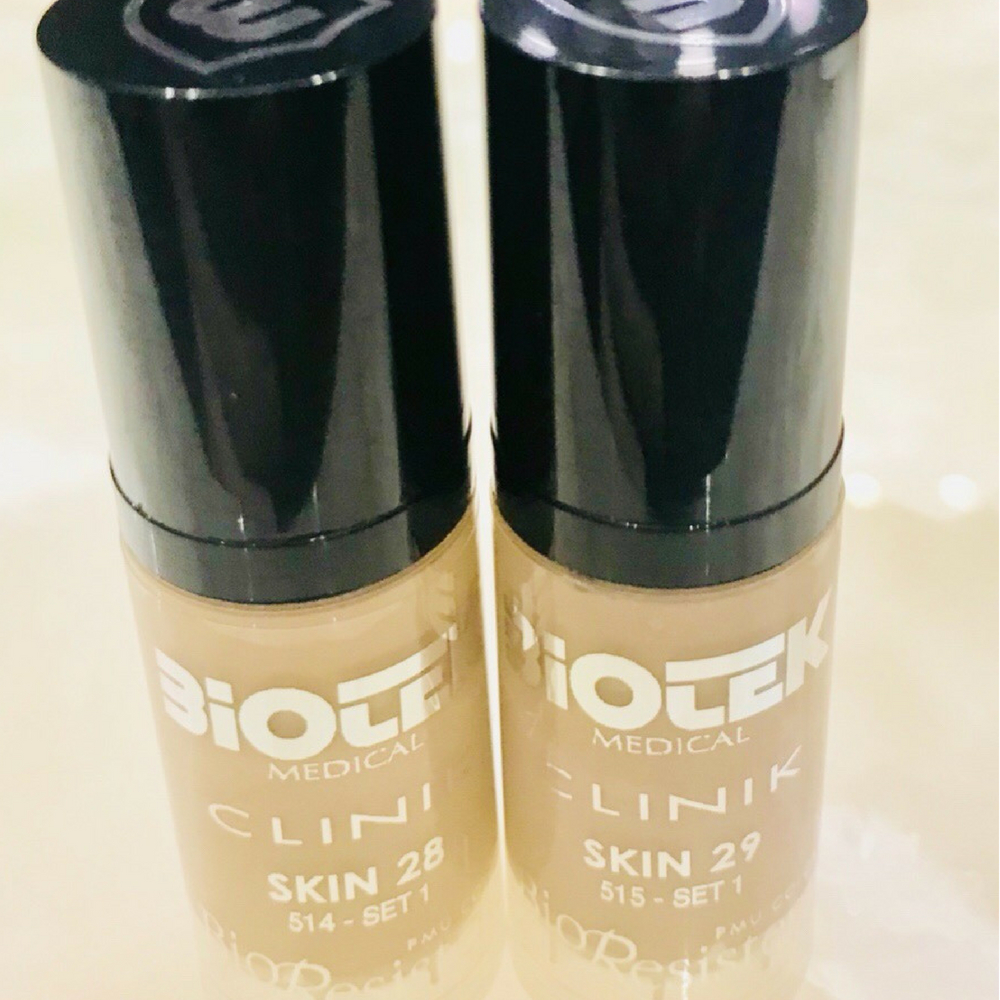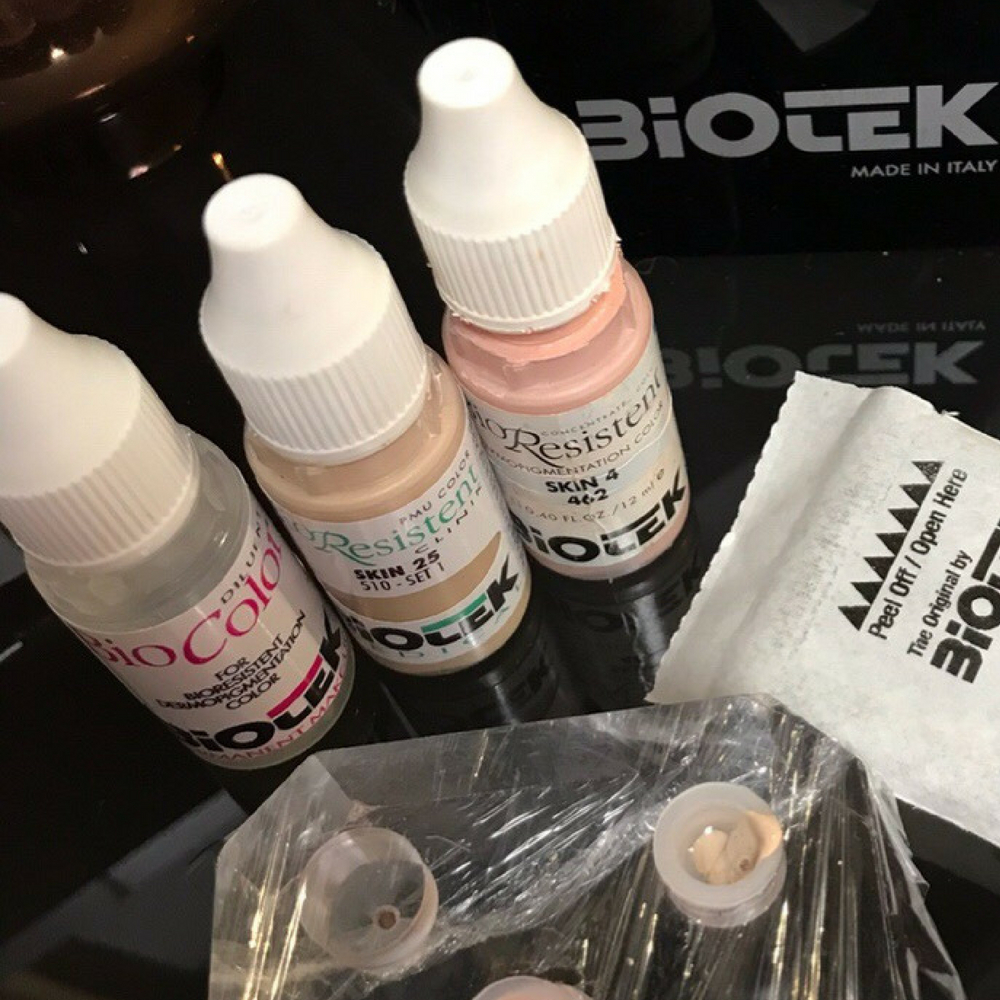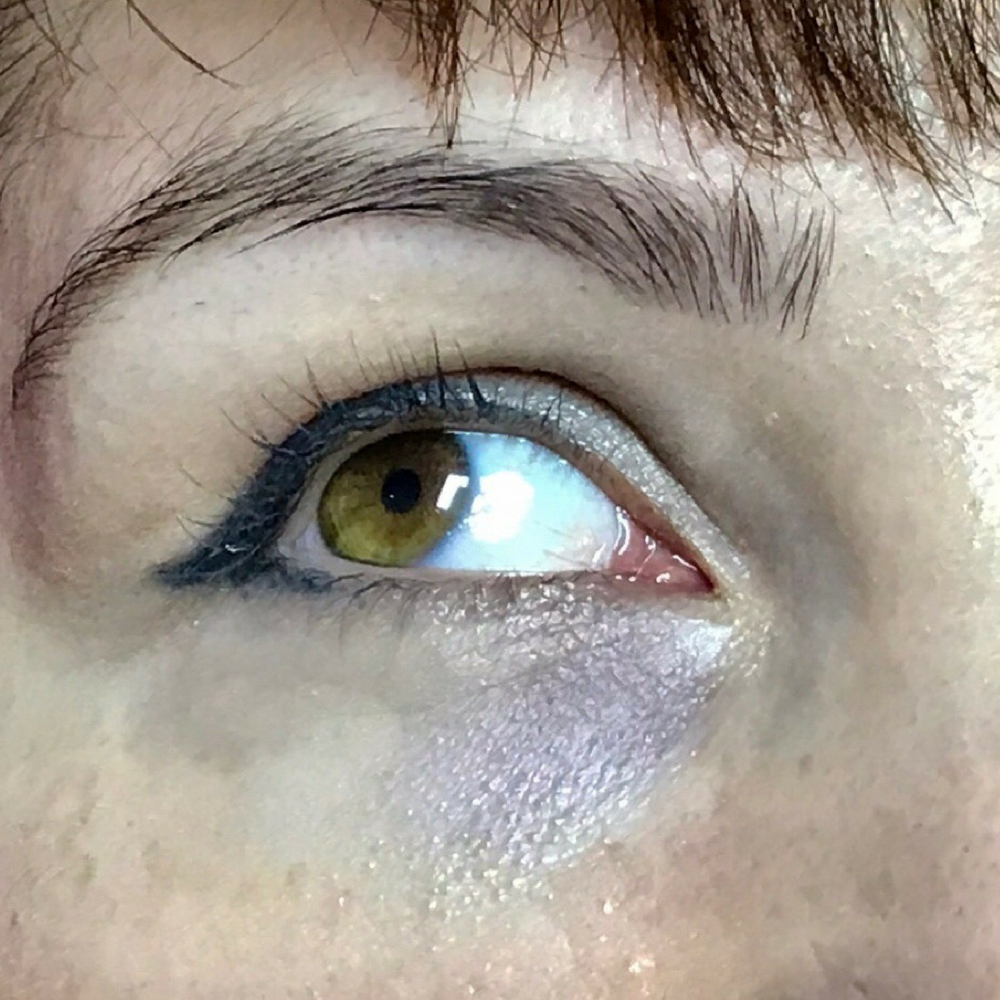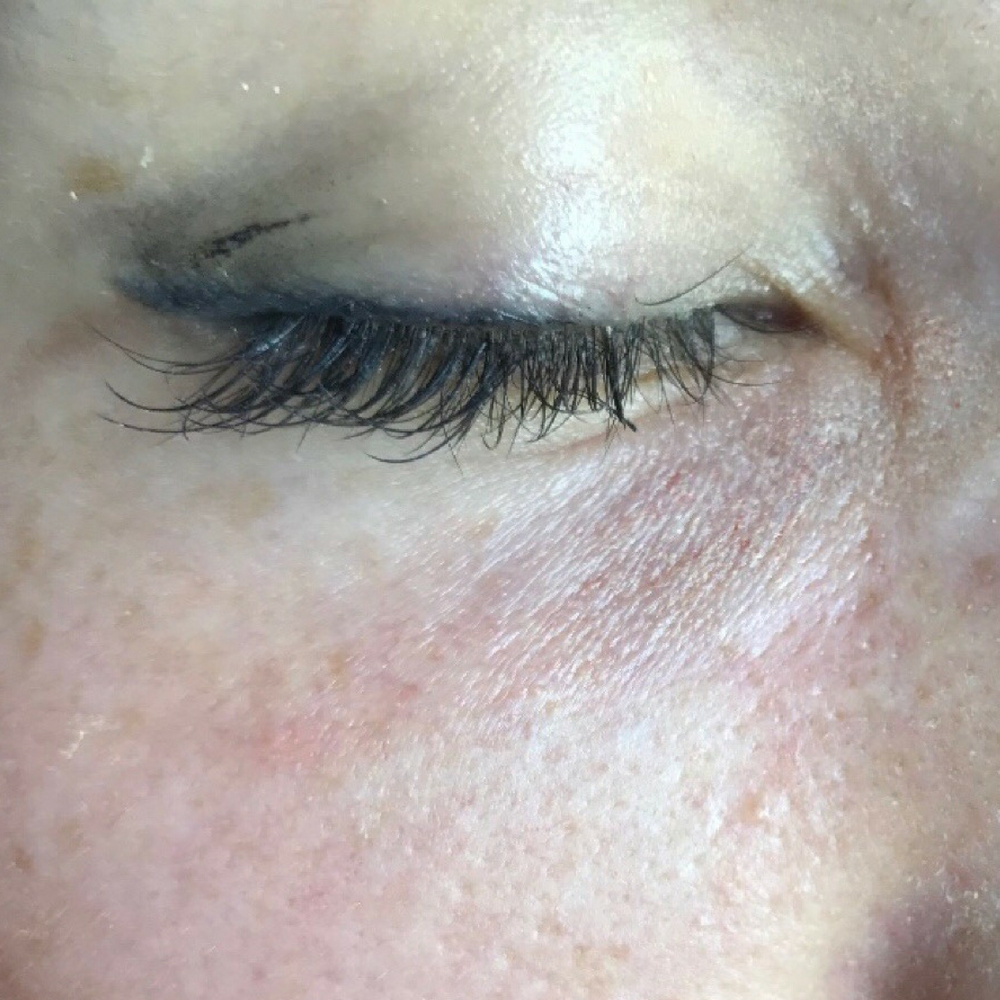Pigments for permanent makeup: infinity of skin tones
About the complex palette for the PM master

Using pigments of skin tones in their work, masters take on a very difficult task, because the same shade looks different depending on the color of a person's skin, lighting and even clothing.
Anna Zabolotnaya , Head of the International Academy of PM and Aesthetic Dermopigmentation "Biotek" (Russia), certified artist, international class master teacher in permanent make-up, aesthetic dermopigmentation and trichopigmentation, winner of the first Contour of the Century competition (2003), judge of permanent make-up championships in Russia and abroad, lecturer at the International University of PM (Milan, Italy) (Russia)
Using pigments of skin tones in their work, masters take on a very difficult task, because the same shade looks different not only depending on the color of a person’s skin, but also on lighting and even clothes. Let's try to understand the nuances of working with this complex tool of the PM Wizard palette
Anyone who has ever tried to paint a portrait of a person in color knows how difficult it is to choose the paint that is suitable for depicting a person’s face and skin in general. Any novice artist or just an amateur to draw faces difficulties of this kind. And this is not surprising, because the color of human skin consists of many different colors, from white to black.
The topic of color, that is, the laws of combining different colors and the rules for displaying them with paints, is one of the most complex in the visual arts. If the ability to clearly draw the shapes and proportions of objects indicates a good technical preparation of the artist, then in order to become an artist in the full sense of the word, one must at least have a sense of color based on deep knowledge and experience. Let's see what color is. And let's start from the very beginning - with white.
White and black
From the point of view of physics, white is not exactly a color, but rather, a combination of all the colors of the visible spectrum of electromagnetic radiation or the well-known rainbow. It is curious that in our native rainbow there are seven colors: red, orange, yellow, green, blue, indigo and violet. English-speaking inhabitants of the earth distinguish six colors in the rainbow: they perceive blue and blue as one. And the Chinese have a five-color rainbow.
The multicomponent nature of white raises at least two questions: why are some colors not included in the visible color spectrum, such as black or brown, and why can't white be obtained by mixing paints corresponding to the colors of the rainbow?
With black, everything is quite simple: it is the color of the absence of light. Black objects completely or almost completely absorb the light falling on them. That's why they look black to us. The same goes for brown. It reflects only a small part of the visible spectrum and at the same time consists of several colors. Therefore, in the classical rainbow it is not. But it is easy to get it by mixing the colors of the spectrum in a certain proportion.
To answer the second question, we must remember that our vision perceives only three primary colors: red, green and blue. Everything else is the transitions between them and their saturation. White is the result of optical mixing of all colors in the spectrum. Paints, which have one color or another, reflect the light waves of this color not completely, but only partially. In addition, paint has not only color, but also shade and tone. Moreover, these characteristics are to some extent characteristic of paints of all colors without exception. Even white (as well as black) can have a lot of shades. It is enough to look into the landscapes of Igor Grabar or Arkhip Kuindzhi to see how different the white color can be.
Body color?
Now that we have somewhat cleared up the complexity of such a seemingly simple color as white, it's time to return to the "flesh" color. The word "bodily" is enclosed in quotation marks for a reason. After all, it does not exist in nature. Not only does the color of the skin, which is made up of many other colors, vary depending on its type, structure, location on the body, it also depends on the lighting and even on the clothes that a person wears at a particular moment.
It must also be taken into account that both the structure and color of the human skin are heterogeneous in principle. Considering which pigments to use to recreate the color of the client's skin, an experienced master can see a variety of shades in the area under study, up to gray or blue. In addition to shades, the number of which tends to infinity, skin color can have a cold, warm or neutral tone.
There are several methods for determining skin tone, but perhaps the easiest is to determine the color of the veins on the inside of the wrist. If the veins look blue, then the skin tone is cold, if greenish, then the tone is warm. If the color of the veins cannot be unambiguously called either blue or green, most likely the skin tone is neutral. All this super-complex, multidimensional typology of the skin does not make it easy to create a skin color palette used to mask certain skin defects. This task requires deep theoretical and practical training. And yet it is doable.
First of all, you should choose high-quality pigments for the upcoming work. It is best to use pigments from a well-known manufacturer that has proven itself in the field of aesthetic dermopigmentation. For me, I only work with Biotek pigments specially formulated for EAF.
Choosing the right pigments
But if you do not have such an opportunity, you can verify the quality of the pigments by conducting a few simple tests.
1. The pH value of a quality pigment should be within the physiological norm. You will need litmus paper to test.
2. Quality pigment is insoluble in water and dye base components. To verify this, you need to place a drop of pigment on a piece of paper. A thin trace of the solvent always remains along the contour of the drop. It must not be dyed.
3. If, upon drying, this drop forms a homogeneous, even surface, the pigment has a fine texture, which indicates its quality. If lumps form on the surface, the quality of the pigment leaves much to be desired.
4. A high-quality pigment should not contain toxic and especially carcinogenic components, and is also designed to be highly resistant to ultraviolet rays. In principle, this information can be gleaned from the accompanying instructions and the description of the substance.
Next, you need to carefully read the manufacturer's color tables, which should indicate which pigments and in what proportions need to be mixed in order to obtain certain shades. If for some reason you didn’t have such tables, don’t despair: a real master, when creating the shades he needs, almost always focuses on the eye. You can mix white and pink pigments and gradually add yellow or beige to them. Or take a brown pigment and dilute it with white until you get the desired shade, etc., etc. It is important to ensure that the tone of the created palette matches the skin tone. At the same time, for a neutral tone, the latest shades in the ranges of both warm and cold tones are suitable.
Since the color of human skin is extremely heterogeneous, it is better to create several shades and try to use as many colors as possible. When properly distributed, the large number of different colors used during the EAF procedure serves as a kind of guarantee of a natural end result. At the same time, the more colors, the more difficult it is to predict the final result. In addition, the shade of the final result will be affected by the color of the skin area where the pigment was applied and the overall color palette of the person, as well as the client's age, skin type and condition.
The number of such tips is hardly inferior to the number of shades of skin color, which, strictly speaking, can tend to infinity. Hundreds of articles would not be enough to outline all the intricacies of creating the correct shade for the EAF procedure. And, even after reading them all, a novice master is unlikely to become a highly qualified specialist in the field of aesthetic dermopigmentation. After all, EAF is a kind of aerobatics in permanent makeup, which requires years of study and practice to master. But, as experience shows, this task is feasible.








